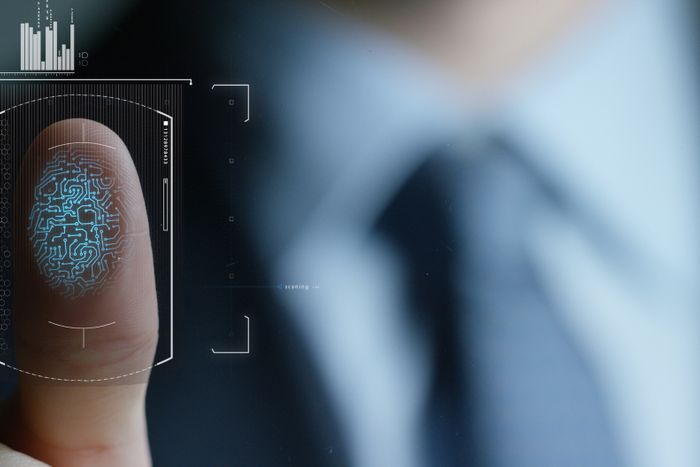
- February 9, 2021
- |security guard company, security guard services
- | 0
- 2,801
The basic premise of biometric authentication (the term is derived from the Greek word “bio” meaning life and “metric” meaning to measure) is that every person is unique and each individual can be identified by his or her intrinsic or behavior traits. Biometric technology is able to recognize a person on the basis of the unique features of their face, fingerprint, signature, DNA or iris pattern and then grant them access.
Biometrics can be described as the measurement of a person’s physical and behavioral characteristics. Voice recognition systems rely on the movement of air through a person’s lungs, across the larynx, and through a person’s nose and mouth. The speech verification software compares the characteristics of a person’s voice with that of the voice stored on the server, and if it is a match, a successful authentication has been made.
Improve Security With Biometrics
One of the key benefits of biometric security devices is that they protect you from possible identity theft. It was very difficult to clone or take a fingerprint as it is for an access card. If the need arises for greater security, biometrics can also be used in multi-factor verification. After verifying an ID, we then require an individual to provide a fingerprint to verify who they are. Using a PIN is safer since it is not readily shared with other people.
Reduce Inconvenience With Biometric Security
Biometric security systems provide extra convenience for users. It’s easy to forget a card or key, which makes it easy to steal a person’s identity. If the identifier is also capable of facial recognition, you are afforded greater convenience by entering your building by just having your face scanned.
Biometrics have been used for security applications, but they can be classified into three main types:
- Biological metrics
- Structural biometrics
- Behavioral biometrics
Biometrics use traits down to the genetic and molecular levels. These samples may include DNA or bodily fluids that can be assessed through a swab sample of the body’s fluids. Morphological biometrics involve evaluating ones body for different traits. The shape of your face can be used to create a unique identity for use with security scanning. Behavioral biometrics measure a person’s unique behavioral patterns. How you walk, speak, or type can reveal your personal information if these communication patterns are tracked.
Contact us today for more information about our biometric security systems.


